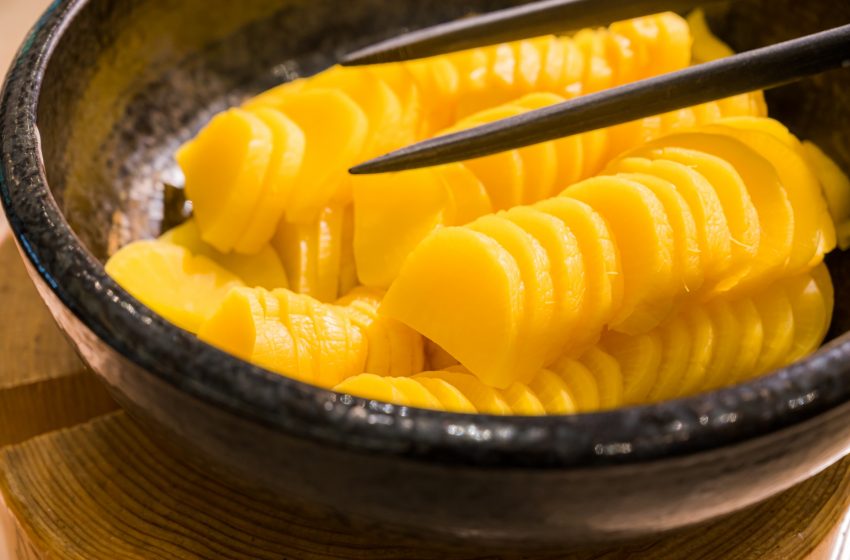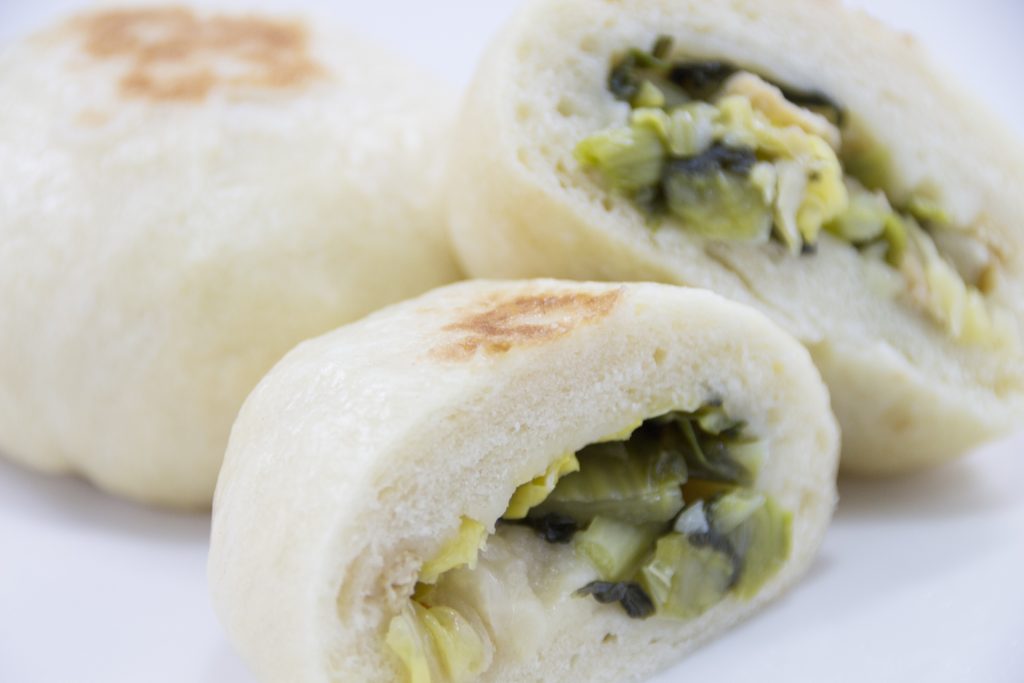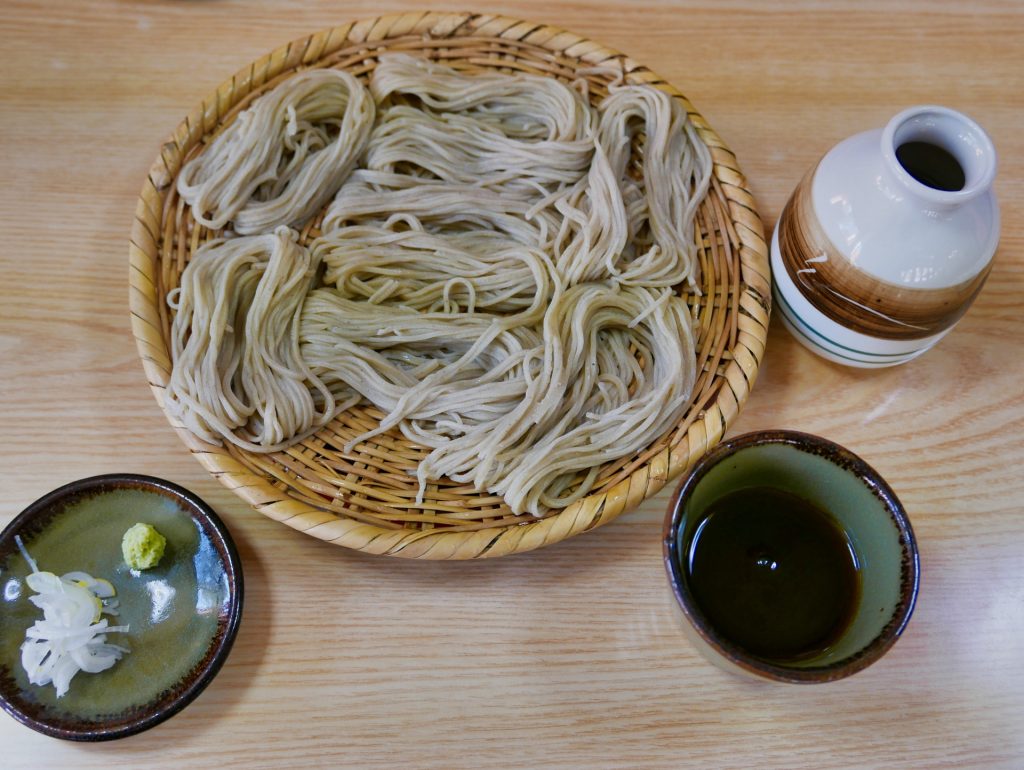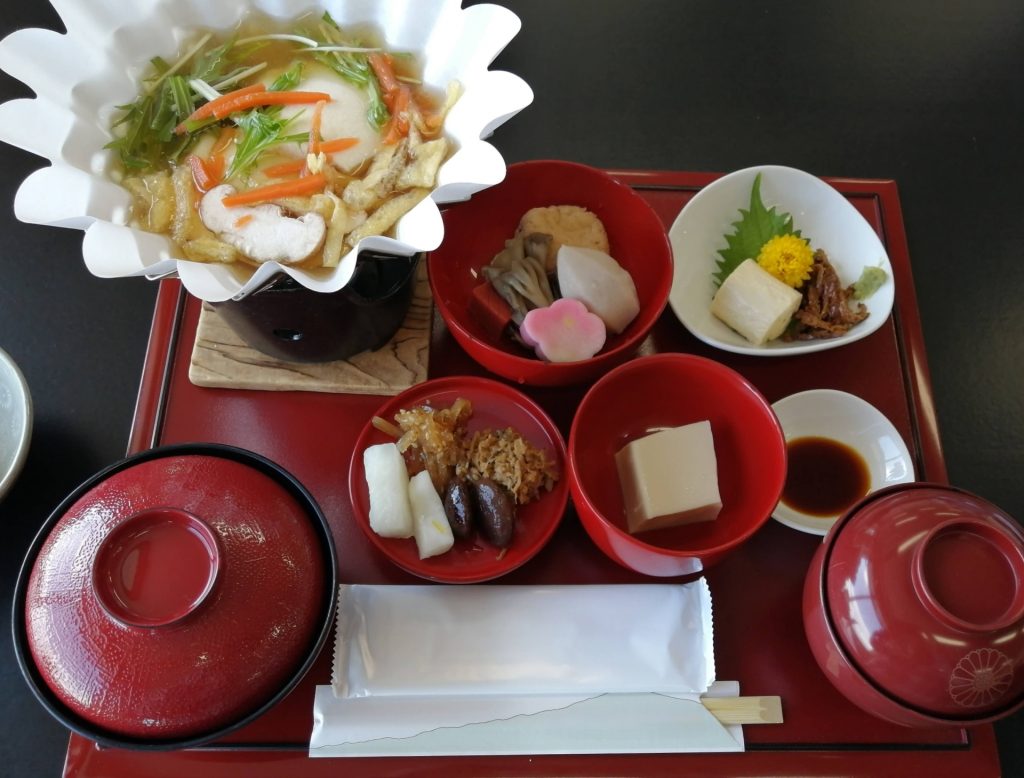
Takuan: The Crunchy Delight of Japanese Pickled Daikon
In the rich tapestry of Japanese cuisine, where fermented and pickled foods hold a place of honor, Takuan stands out as a beloved staple. This traditional Japanese pickled daikon radish, known for its distinctive yellow color and crunchy texture, is an essential part of the Japanese diet. Named after Takuan Sōhō, a Zen Buddhist monk who is credited with inventing this pickle, Takuan has a history as colorful as its appearance. Let’s explore the world of Takuan, from its origins to how it’s enjoyed today.
Origins and History
The story of Takuan begins in the 17th century with its namesake, Takuan Sōhō, who was not only a respected Zen priest but also an avid gardener. He developed the method of pickling daikon, the long white radish ubiquitous in Japanese cuisine, to preserve it for the long winter months. This method involved drying the daikon in the sun, pickling it in a mixture of salt, rice bran, and other ingredients, and then allowing it to ferment. The result was a pickle that could be stored for a long time and provided essential nutrients during times when fresh vegetables were scarce.
Preparation of Takuan
The traditional process of making Takuan begins with hanging daikon radish to dry under the sun for a few weeks until they become flexible. The dried radish is then pickled in a mixture of rice bran (nuka), salt, sugar, and sometimes persimmon peels, which contribute to Takuan’s distinctive yellow hue. The mixture may also include kombu (kelp) and chili pepper for added flavor. The daikon radishes are left to ferment in this mixture for several months, during which they develop their unique taste and crunchy texture.
Culinary Uses
Takuan is incredibly versatile and can be found accompanying a variety of Japanese dishes. It is commonly served as part of a traditional Japanese meal, adding a refreshing crunch and tangy flavor that contrasts well with other dishes. Takuan is also a popular filling for sushi rolls, such as the maki roll, where its bright color and crisp texture add an appealing element. Beyond these uses, Takuan can be sliced thinly and added to salads, or even enjoyed on its own as a snack.
Health Benefits
Like many fermented foods, Takuan is rich in probiotics, which are beneficial for digestive health. The fermentation process also increases the bioavailability of nutrients in the daikon, making Takuan a healthy addition to any meal. It’s low in calories but high in fiber, making it an excellent choice for those looking for nutritious food options.
Cultural Significance
Takuan is more than just food; it’s a reflection of the Japanese appreciation for fermentation and pickling as methods of preserving food. It also embodies the Japanese philosophy of utilizing seasonal ingredients and ensuring nothing goes to waste. Takuan’s presence in the New Year’s feast, Osechi Ryori, highlights its cultural importance, symbolizing hope for a bright and prosperous future.
Conclusion
Takuan is a testament to the simplicity and ingenuity of Japanese cuisine. Its bright yellow color, crunchy texture, and tangy taste not only add diversity to the Japanese palette but also remind us of the country’s rich cultural heritage and the wisdom of preserving and enjoying nature’s bounty. Whether enjoyed in a sushi roll, as a side dish, or as a simple snack, Takuan remains a cherished part of Japanese culinary tradition, celebrated by generations for its delightful taste and health benefits.




